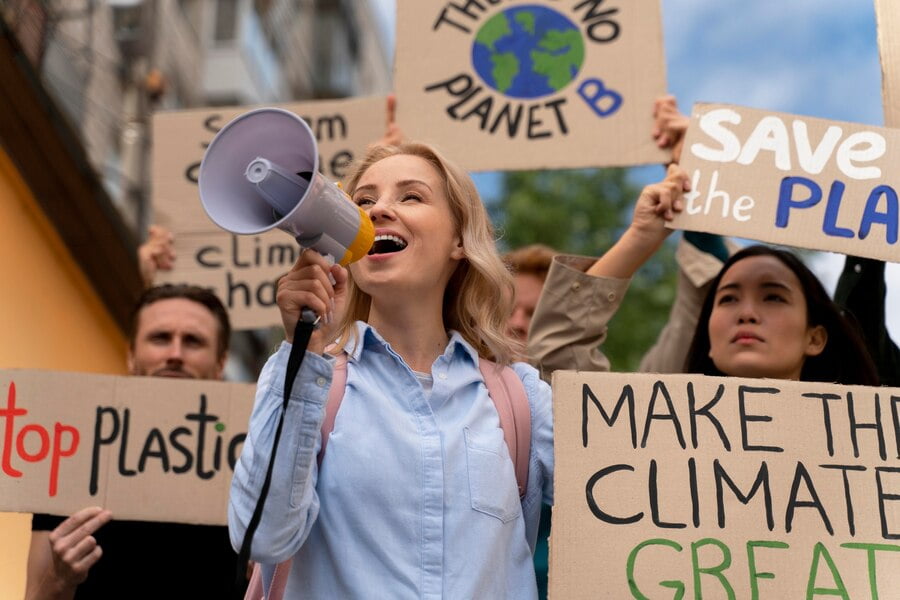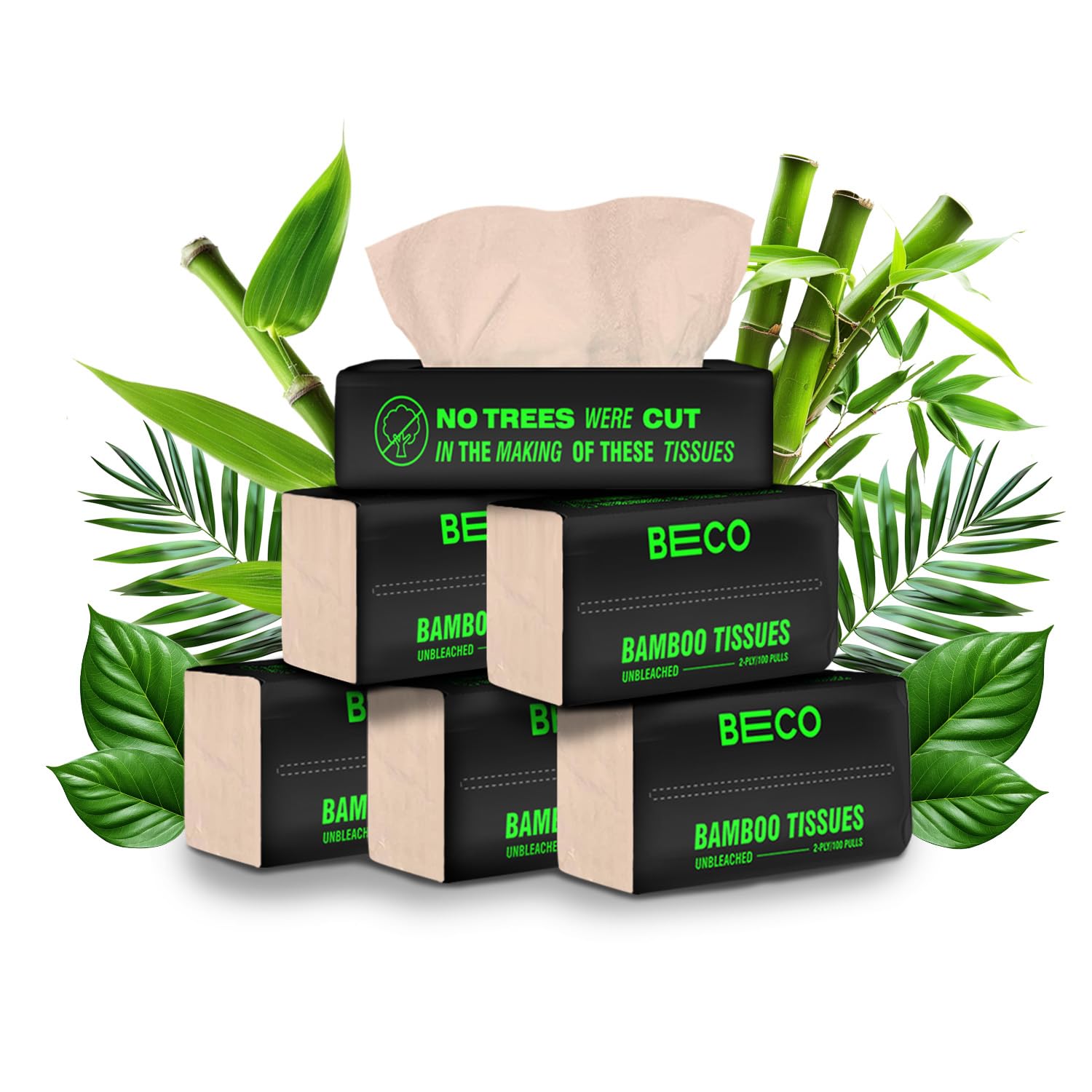The fight for a healthier planet isn’t just for big organizations and distant policymakers. A vibrant movement is flourishing at the local level, driven by passionate community groups and grassroots initiatives. These groups are tackling environmental challenges head-on, promoting environmental awareness, and fostering waste reduction efforts that make a real, tangible difference in our backyards. Inspired by the “Community Groups, Community Groups: Cultivating Greener Grassroots, highlights the vital role these organizations play in fostering environmental awareness and action within local communities.
Step into a quiet neighborhood park on a Saturday morning, and you might find more than just joggers and dog walkers. You’ll see a group of residents, gloves on and tools in hand, transforming a forgotten patch of land into a thriving vegetable garden. Nearby, children are learning to recycle through a fun game organized by local volunteers. A solar panel workshop is in progress at the community center, while just down the street, teens are painting eco-themed murals on walls once marred by graffiti.
This isn’t just feel-good imagery—it’s the new reality taking root in neighborhoods around the world. Local community groups are rising as the unsung heroes of grassroots environmental change. Their strength lies not in flashy campaigns or massive funding, but in something far more powerful: collective action.

The Role of Community Groups in Environmental Awareness and Waste Reduction
Community groups have a unique advantage: they understand the specific issues and needs of their communities. This local knowledge allows them to tailor their approach in a way that resonates with residents, fostering a sense of ownership and collective action.
Let’s delve into the inspiring world of community groups that are actively working to promote environmental awareness and drive waste reduction efforts at the grassroots level. These dedicated organizations and initiatives are making a tangible impact on our planet:
1. Tontoton: Turning Plastic Waste into Positive Change
Tontoton is an innovative organization that has taken a unique approach to tackling plastic pollution. Here’s how they’re making a difference:
- Plastic Credit System: Tontoton has introduced a plastic credit system that allows corporations to fund community clean-up projects specifically focused on non-recyclable plastic waste. By empowering local communities, Tontoton is addressing plastic pollution at its source and creating a positive impact on the environment.
2. Ashoka Trust for Research in Ecology and the Environment (ATREE)
ATREE, an Indian NGO, is committed to environmental research, conservation, and community engagement. Their initiatives include:
- Sustainable Practices: ATREE promotes sustainable practices through research, education, and policy advocacy. They raise awareness about environmental issues and encourage communities to adopt eco-friendly lifestyles.
3. Chintan Environmental Research and Action Group
Chintan works tirelessly to improve waste management and livelihoods for waste pickers. Their initiatives include:
- Waste Management Solutions: Chintan collaborates with local communities to create sustainable waste management solutions. They focus on recycling, reducing waste, and improving the lives of waste pickers.
4. SankalpTaru Foundation: Planting Trees for a Greener Tomorrow
SankalpTaru is dedicated to tree planting and environmental conservation. Their grassroots efforts include:
- Tree-Planting Drives: SankalpTaru engages local communities in tree-planting initiatives. By creating green spaces, they contribute to biodiversity and combat climate change.
5. Environmentalist Foundation of India (EFI)
EFI actively promotes environmental awareness and community engagement. Their initiatives encompass:
- Clean-Up Drives: EFI organizes clean-up drives to remove litter from natural habitats. They inspire local communities to take action and protect their surroundings.
6. Community-Led Initiatives: Small Steps, Big Impact

Beyond formal organizations, community-led initiatives play a crucial role in waste reduction efforts:
- Reforestation Resurgence: Local communities come together to plant trees, restore ecosystems, and combat deforestation.
- Plastic-Free Towns: Grassroots movements encourage communities to reduce single-use plastics and adopt sustainable alternatives.
- Urban Green Spaces: Creating parks and green areas within cities fosters environmental awareness and improves quality of life.
- Local Food Movements: Promoting sustainable food production and consumption at the community level.
- E-Waste Recycling Hubs: Community-driven centers for responsible e-waste disposal.
- Sustainable Agriculture Practices: Encouraging eco-friendly farming methods.
🌍 Why Local Action Matters
While governments and corporations have their roles to play in tackling climate change, it’s often the humble, local efforts that sow the seeds of real transformation. Community groups foster sustainable living where it counts the most—right at home.
They champion urban gardening to combat food insecurity and reduce carbon footprints. They organize clean-up drives that not only beautify the surroundings but also spark civic pride. Those introduce renewable energy workshops and eco-education programs that empower people with practical knowledge and a deeper connection to nature.
These actions may seem small individually, but collectively, they ripple outward, changing habits, influencing policy, and inspiring others to take part.
🌟 Real Stories, Real Impact
In Pune, India, a group of older citizens started a neighborhood composting initiative that now diverts over 200 kilos of waste from landfills every week. It began with just five households—and has now grown to serve an entire housing society, turning waste into rich compost for community gardens.
In Portland, Oregon, a community-led tree-planting drive turned a barren stretch of concrete sidewalk into a lush urban forest. Residents now enjoy cooler summers, cleaner air, and a renewed sense of camaraderie.
In Lagos, Nigeria, youth volunteers launched “Plastic for Food,” where people trade collected plastic waste for groceries. Not only has it helped clean the city, but it’s also alleviating hunger and encouraging recycling on a large scale.
These are not isolated cases—they’re powerful proof that grassroots change works.
⚠️ The Roadblocks Along the Way
Despite their passion, community groups often face significant challenges. Many struggle with limited resources, lack of visibility, or bureaucratic red tape. At times, public indifference can be discouraging.
But here’s where these groups shine brightest: in their resilience. They crowdsource funds, form partnerships, and use digital platforms to rally support. They innovate—turning discarded tires into planters, or rainwater into a community resource. Above all, they lean on each other, creating networks of solidarity that keep their momentum alive even when the odds are stacked against them.
💡 How You Can Be Part of the Change
The beauty of grassroots movements is that everyone can be a part of them. You don’t need a degree in environmental science or a big budget to make a difference. All it takes is willingness.
- Join a local initiative—whether it’s a clean-up day, a tree-planting drive, or a composting club.
- Start your own group—gather neighbors and take on a small project together. Even a simple herb garden can be a catalyst for bigger change.
- Support with skills—design posters, handle social media, or help write funding proposals.
- Donate or volunteer—every bit of time, effort, or money helps these groups grow.
Our Collective Responsibility
These community groups and initiatives remind us that environmental stewardship begins at home. By supporting and participating in grassroots efforts, we can collectively create a more sustainable and waste-conscious world. Let’s take action, raise awareness, and inspire others to join the cause!
In a world overwhelmed by environmental crises, it’s easy to feel powerless. But look closer, and you’ll find that hope is already blooming—in gardens, in classrooms, in alleys once filled with trash. Community groups are cultivating greener grassroots, one step at a time. And the best part? You don’t have to look far to be part of it. The first step could be just outside your door.
Read Also
- The Rise of the Eco-Conscious Consumer
- Waste Reduction Strategies for Local Enterprises
- Zero Waste Lifestyle Tips: Dive into a Sustainable Future
- Sustainable Consumption: Shop Smart, Save the Planet!
- Singapore’s Ambitious Zero Waste Goal
- Fungi: The Unsung Heroes in the Fight Against Plastic Pollution
- Unveiling the Hidden World of Soil Biodiversity
- Forest Man of India-Jadav Payeng
- Duckweed-Based Wastewater Treatment Systems
- Citizen Science and Environmental Advocacy: Empowering Change
- Merchandise sales promote sustainability and generate revenue
- Turn Your Passion for Green Living into Profits
- Waste-Free Cooking and Meal Planning
- Mawlynnong: Asia’s Cleanest Village
- Umngot River: Meghalaya’s Crystal-Clear Gem
- Rajendra Singh: The Waterman of India

Beco Bamboo Soft Facial Tissue Papers- 100 Pulls (Pack of 6), 600 Pulls – 2 ply,100% Natural and Ecofriendly, Soft tissue box/pack
ECO-FRIENDLY- Our Box Tissues are made from 100% Organic Bamboo, which is a fast growing grass giving a sustainable, natural alternative to traditional tree based tissue papers. Unlike trees which can take up to 30 years to grow, Bamboo grows back in as quickly as 3 to 4 months.
Frequently Asked Questions (FAQs)
A. This movement highlights the growing number of local organizations and resident-driven initiatives working on environmental issues. They focus on raising awareness, promoting sustainable practices, and fostering waste reduction at the grassroots level.
A. Grassroots groups understand the specific needs and challenges of their communities. This allows them to tailor their efforts to resonate with residents, creating a sense of ownership and encouraging collective action.
A. Educational campaigns: Workshops, community gardens, and school programs teaching about environmental issues like waste management and sustainable living.
Waste reduction programs: Initiatives promoting composting, repair cafes, and community clean-up drives.
Advocacy for change: Lobbying local governments for improved waste management infrastructure, recycling programs, and sustainable policies.
A. Search online: Look for environmental organizations, community gardens, or sustainability initiatives near you.
Contact your local government: They might have information on existing groups or resources to help you start your own.
Social media: Use platforms like Facebook or Nextdoor to connect with local environmental groups or residents interested in sustainability.
A. There are ways to participate at any level. Even small actions, like volunteering at a community clean-up or attending an educational workshop, contribute to the movement.






I don’t think the title of your article matches the content lol. Just kidding, mainly because I had some doubts after reading the article.
Can you be more specific about the content of your article? After reading it, I still have some doubts. Hope you can help me.
Thank you for your sharing. I am worried that I lack creative ideas. It is your article that makes me full of hope. Thank you. But, I have a question, can you help me?